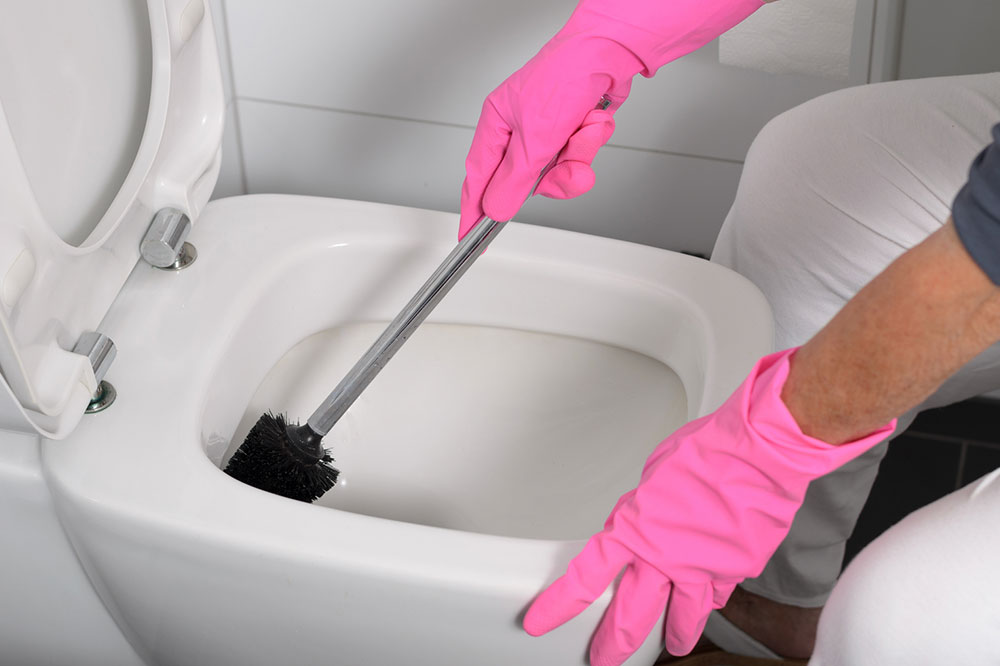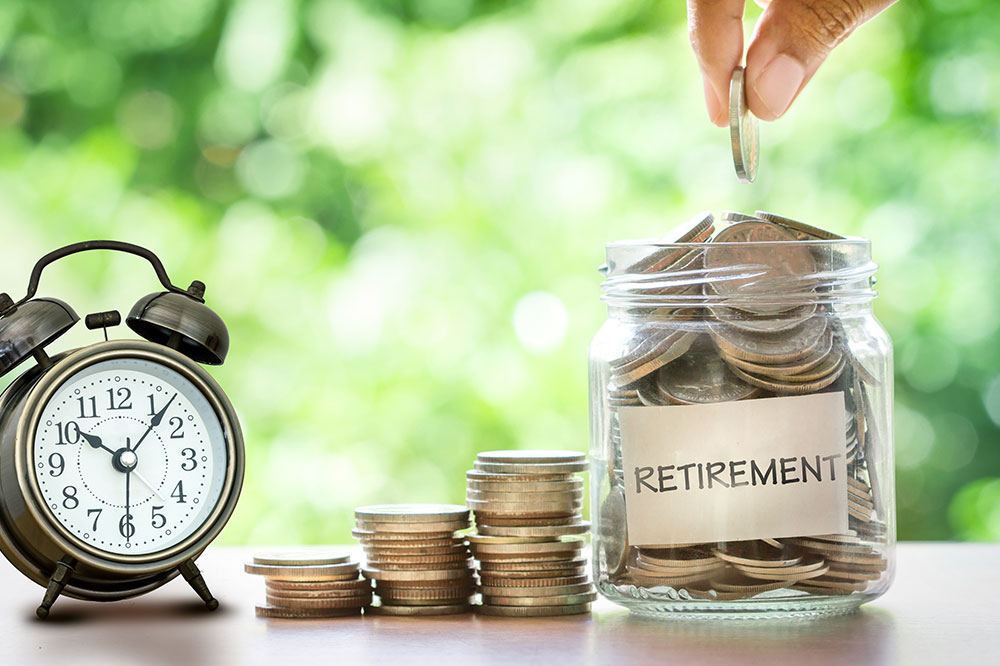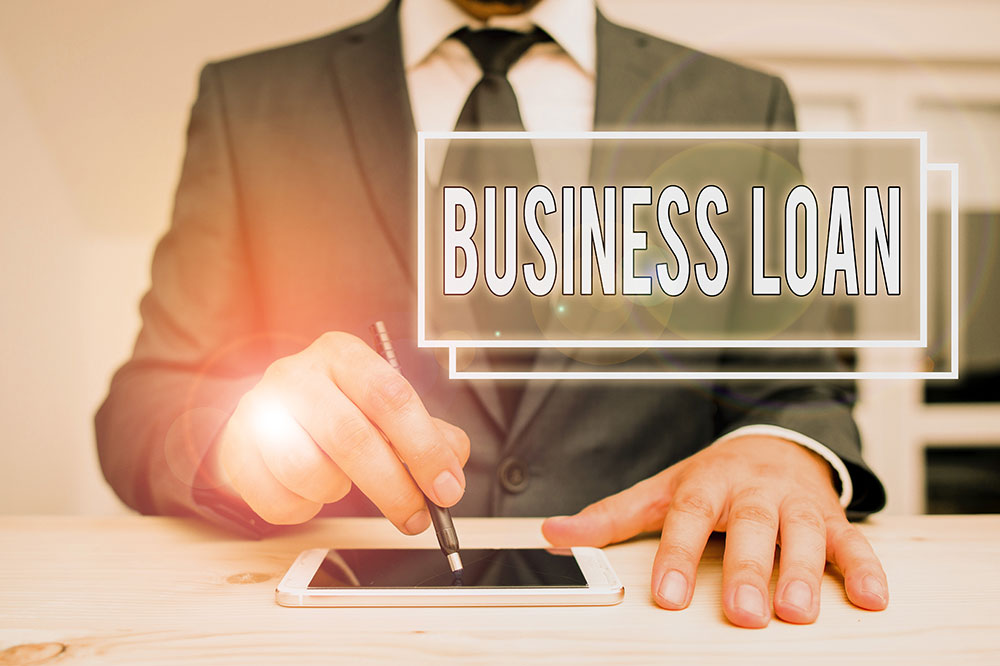7 common bathroom cleaning mistakes to avoid

The bathroom is a place of privacy and personal hygiene. However, in the pursuit of an immaculate restroom, many individuals commit common cleaning blunders. A clean bathroom is not merely an aesthetic achievement; it is a sanctuary for health and well-being. To maintain it effectively, one must pay special attention to cleaning practices. This article delves into the prevalent bathroom cleaning mistakes to avoid, ensuring that the bathroom remains a hygienic space.
Ignoring regular cleaning
A bathroom is a high-traffic area that accumulates dirt, grime, and bacteria quickly. Skipping regular cleaning sessions can lead to the buildup of stubborn stains, unpleasant odors, and a breeding ground for germs. To maintain a clean and healthy bathroom, it’s crucial to establish a cleaning routine that includes regular wiping down of surfaces, disinfecting, and deep cleaning as needed.
Using the wrong cleaning products
Not all cleaning products are suitable for every surface in the bathroom. Abrasive cleaners can scratch delicate surfaces like marble or granite countertops, while bleach-based products may not be safe for certain fixtures and can release harmful fumes when mixed with other chemicals. To avoid this mistake, always read product labels, follow manufacturer recommendations, and use appropriate cleaning solutions for specific surfaces.
Overlooking ventilation
It is essential to have proper ventilation in a bathroom to prevent the accumulation of moisture, which can result in the development of mold and mildew. To avoid this mistake, remember to use the ventilation system and keep it running for some time after using the bathroom. This helps prevent mold and mildew issues and maintains a fresh, dry environment.
Neglecting grout and sealing
Grout lines and sealing around tiles are prone to accumulating dirt, soap scum, and mildew, leading to unsightly stains and deterioration over time. Regularly cleaning and resealing grout and tile joints is vital to prevent water damage and maintain a clean appearance.
Using dirty cleaning tools
Cleaning the bathroom with dirty rags, sponges, or mops can spread germs and dirt rather than removing them. It’s important to regularly wash or replace cleaning tools to ensure they are effective and hygienic. Microfiber cloths and disposable cleaning pads are excellent options for maintaining cleanliness and preventing cross-contamination.
Not paying attention to hidden areas
Bathrooms have numerous hidden and often forgotten areas that need attention during cleaning. Commonly neglected spots include behind the toilet, inside the vanity drawers, and beneath the sink. Over time, these areas can accumulate dust, debris, and even pests. To avoid this mistake, incorporate these hidden areas into the cleaning routine by periodically cleaning and disinfecting them.
Scrubbing too aggressively
While it’s important to scrub away dirt and stains, aggressive scrubbing can cause damage to bathroom surfaces. To avoid this mistake, use gentle but effective cleaning techniques. Allow cleaning solutions to sit for a few minutes to loosen dirt and grime before scrubbing lightly with a soft brush or cloth.
Maintaining a clean bathroom is not only a matter of aesthetics but also crucial for hygiene and well-being. By avoiding these common bathroom cleaning mistakes and establishing a proper cleaning routine, one can ensure that the bathroom remains a pleasant and healthy space for everyone in the household.






